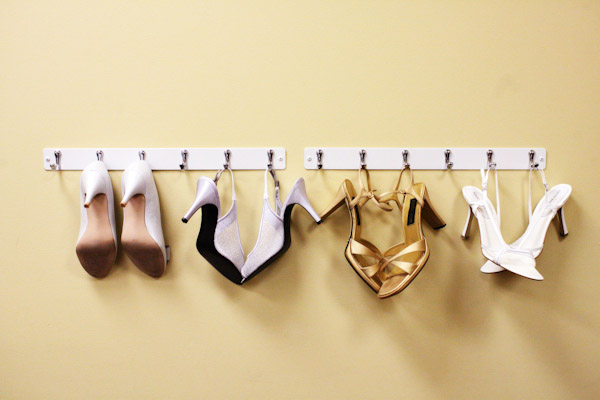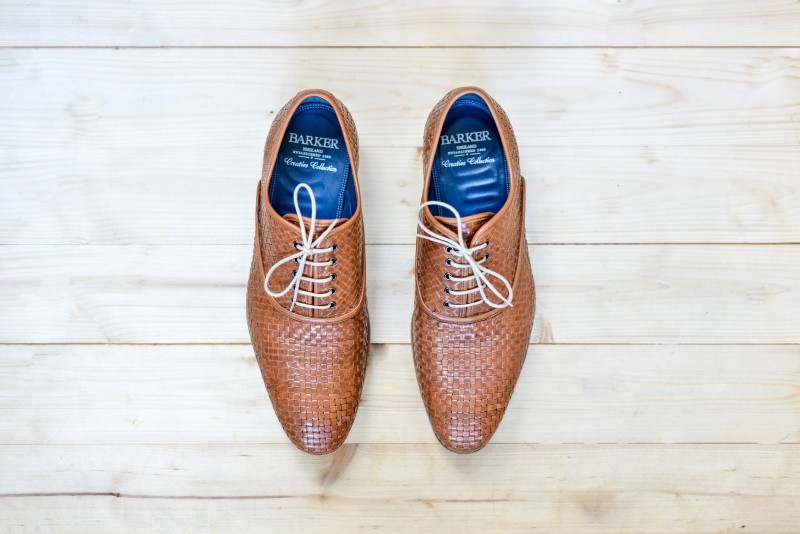
Footwear is fun!
And not just for those of you with a closet full of designer shoes, but for any photographer who enjoys shooting a varied and interesting subject matter. Whether it’s smart office shoes or colorful fashion stilettos, they come in all shapes, sizes, and genres, from high heels to platforms, tango shoes, kitten heels, ballet pumps through to loafers, and running shoes. This means you have a wide scope for your imagination regarding art direction and your creative vision, which is good news.
The even better news is that besides being able to feed your creativity, there are still some hard and fast rules to footwear photography. These will make your life a little bit easier when creating a framework for your shoot and getting the best results possible. Here’s our set of do’s and don’ts to help you formulate a plan and shoot amazing shoe photography.
The Do’s of Footwear Product Photography
Use a model where possible
If budget and timescale permit, footwear photography benefits from the use of models. The ability to shoot the shoe on someone’s foot as opposed to empty and lifeless will enhance your offering and add context (more on this later).
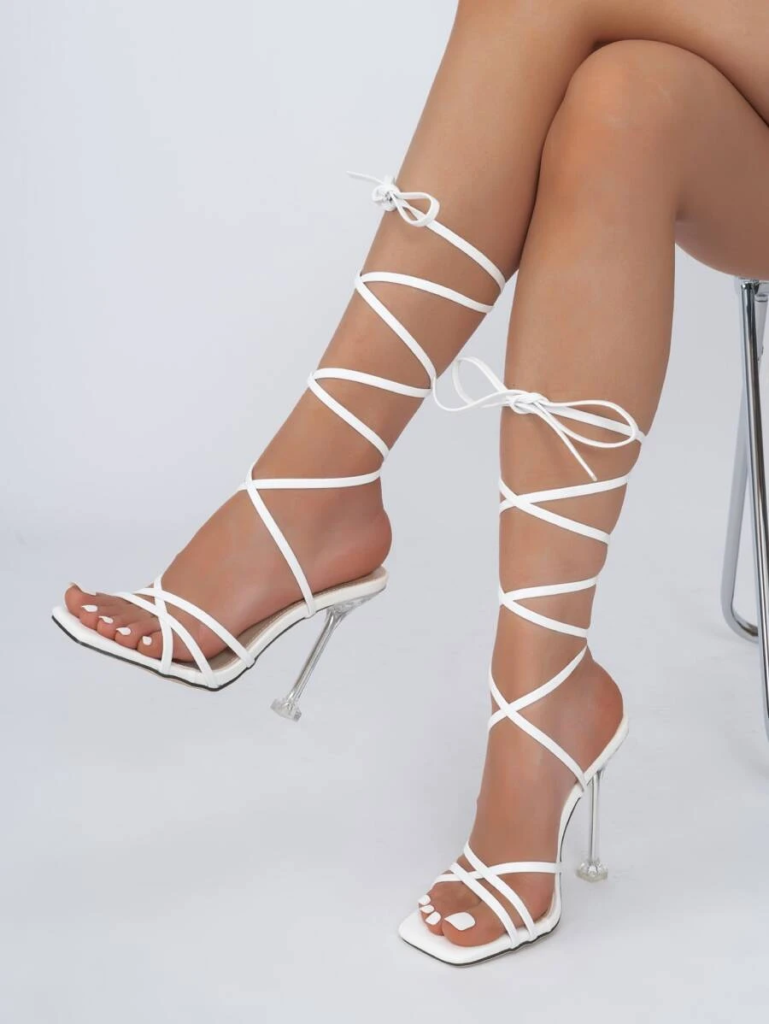
If you can do both, a combination of white background and shoes on a model will do wonders for your ecommerce store.
Shoot as many angles as possible
The more angles, the better when it comes to shoes. Shoes are all about detail, and the buyer will want to explore every detail – from the color and the size of the heel down to the tread and the sole.
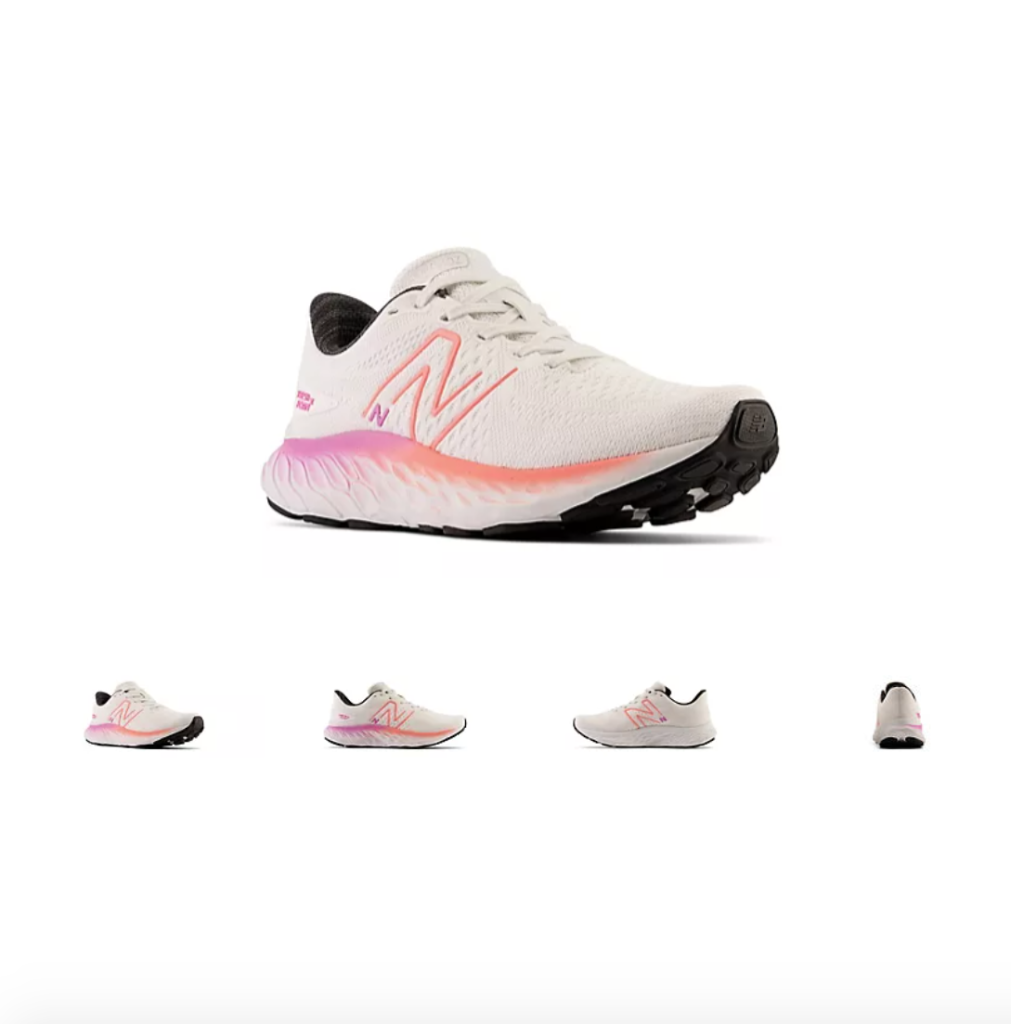
Try shooting 360
Shoes are the perfect subject matter for 360 photography. A relatively recent advancement in photography that enables the viewer to interact with the image, 360 photography allows viewing from every angle.
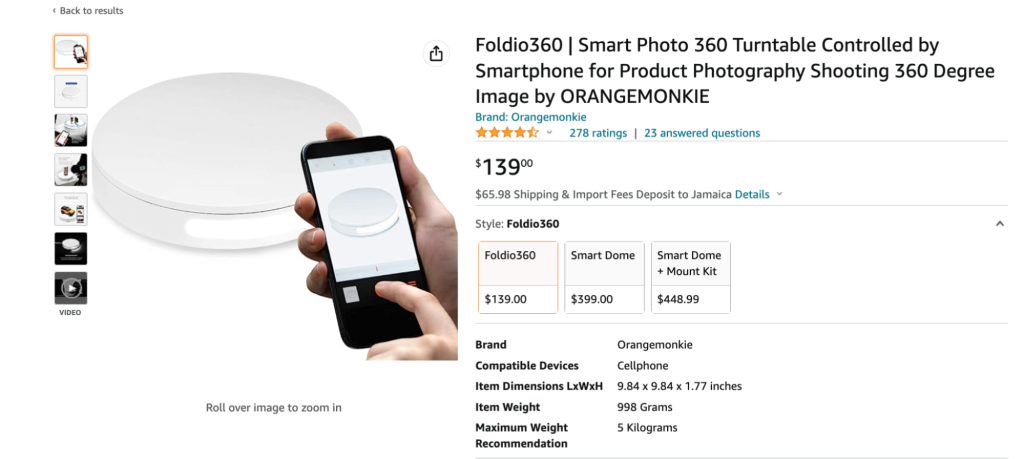
If you regularly shoot shoes, seriously consider investing in 360 equipment to enhance your customer experience and increase conversions.
Focus on details
It’s all about the detail regarding shoes. Make sure you capture that detail in your photographs, whether it be the type of leather or fabric used for the laces and color options. You can communicate the shoe’s features either
- by shooting specific detail shots to go alongside the generally white background shots or
- by shooting in high resolution and optimizing for zoom, so viewers can zoom in on the detail manually.
Crop carefully
Make sure your cropping is consistent across all the shoe images you shoot. This means keeping the border of white space or background around the shoe the same in all the images.
This consistency will keep your ecommerce site neat and tidy – pleasing to the customer’s eye – and ensure their attention is on the product itself, not the inconsistencies in your images.
Avoid shadows
As with all product photography, ensure that you get the lighting right and avoid distracting shadows to give the photos a nice clean finish. Although you can remove shadows in post-production, it’s better (and easier) to avoid them during the shoot by using the correct lighting.
Consider adding context
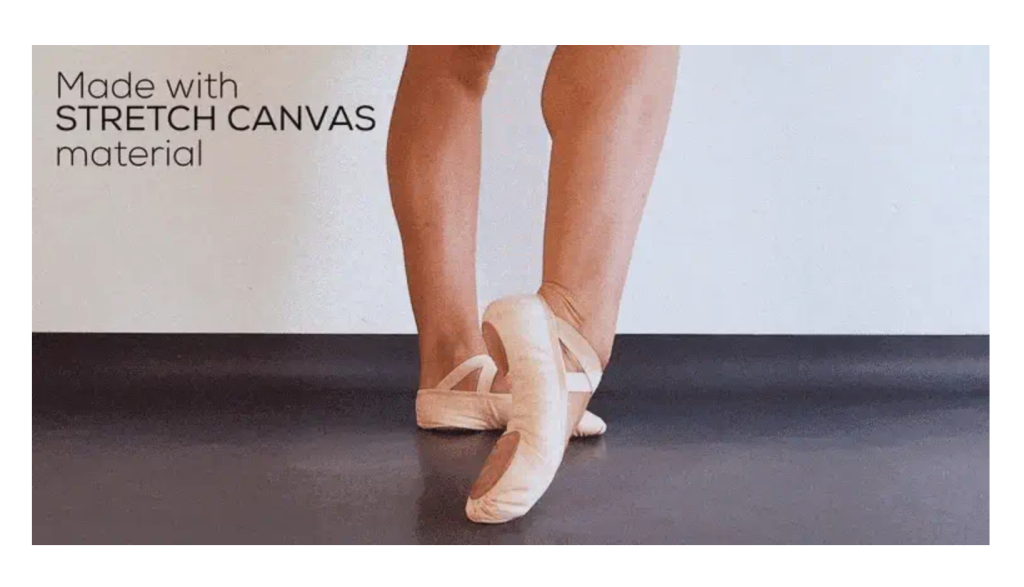
Footwear is classified as fashion, and, as with all fashion photography, the subject can benefit from being shot in context. Whether on the foot of a model or shot against a suitable backdrop, context can help create a story around the item and communicate the essence of the shoe.
Get creative
As much as it’s important to shoot traditional white background product shots, don’t be afraid to get creative. Try shooting the footwear at different angles, using a variety of props and backgrounds. Just make sure you stick to the creative vision to ensure consistency!
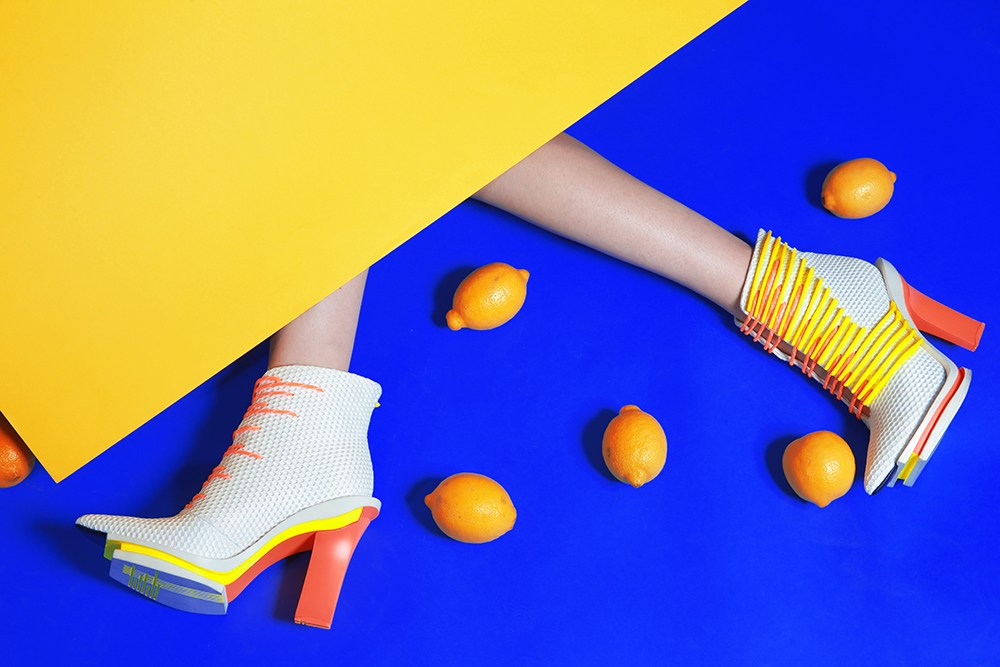
The Don’ts of Footwear Product Photography
Shoot with blur
Although shooting on a wide aperture to generate depth of field can provide a creative touch to some photography, you should avoid it when shooting footwear. Why? Because customers want to view the product in all its glory, as crisply and cleanly as possible. Blur adds distraction and will make part of the shoe less visible.
Let the background take the limelight
The shoe should be the star of the show. The best way to ensure this is the case is to shoot the footwear against a white background and avoid any additional clutter within the frame.
Let the footwear go shapeless
There’s nothing less attractive than a shapeless shoe. Whether you’re shooting strappy sandals or knee-high boots, make sure they are supported, either with a real-life foot or using tissue paper or a shoehorn to ensure the full shape of the shoe is presented as it would be when worn.
Use harsh direct lighting
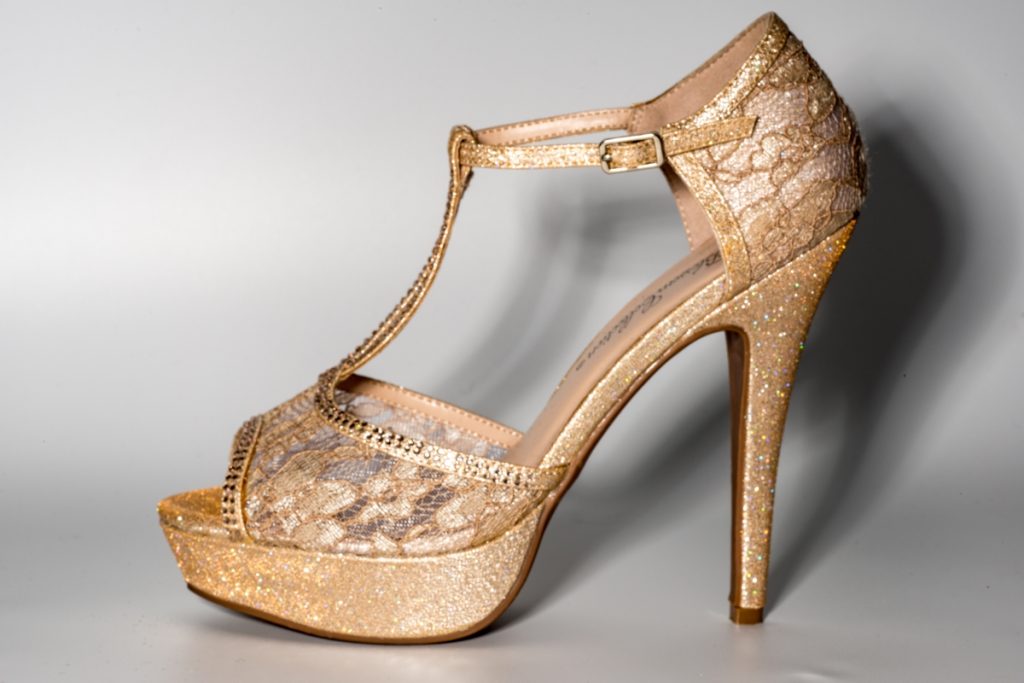
Avoid using direct lighting where possible, as it will cast ugly shadows (see above) and can result in unsightly, distracting glare. The great thing about shoes is that they are small and portable, so using natural light by shooting close to a window (or photographing them in a lightbox) is more feasible than when shooting larger objects.
So there you go, shoes can be a lot of fun to shoot, and their size gives you the flexibility to test out angles and lighting setups and get creative with colors and backdrops. Just make sure you tick off traditional white background product shots as a priority.
